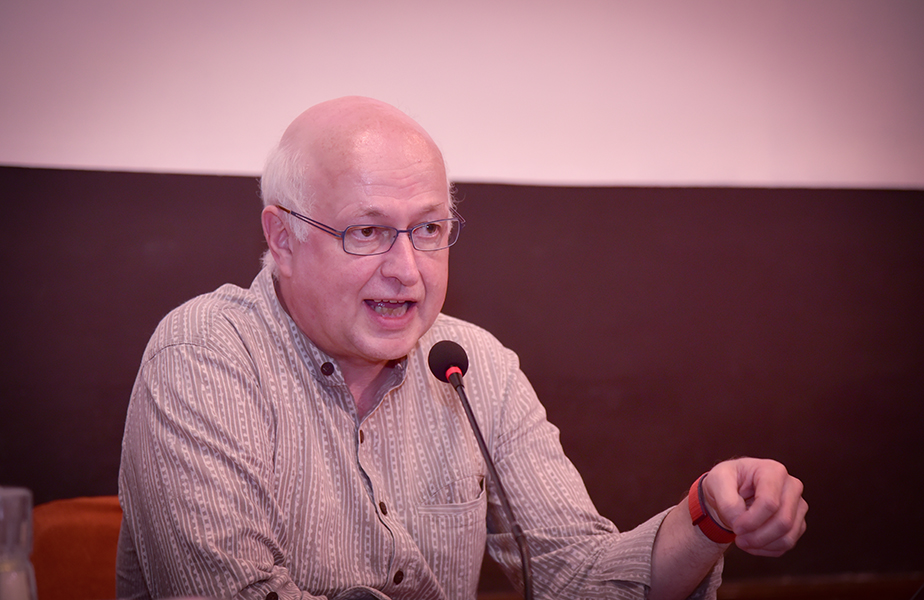Lecture Series
A Brief History of Lo Gekhar Monastery, Mustang

Christian Luczanits
on
A Brief History of Lo Gekhar Monastery, Mustang
Tracing its history back to the establishment of monastic Buddhism in the Himalaya in the 8th century, Lo Gekhar (also known locally by the name Ghar Gönpa) is one of the most significant sites of cultural and religious heritage of Mustang. It is a major structural complex, including numerous chörten spread on a fertile slope with several natural springs. The monument as it stands today dates predominantly from the last decades of the 17th century onwards, a restoration of the complex being recorded at that time. As part of an ongoing documentation of monastery collections in Mustang, Lo Gekhar monastery was visited twice. In the first visit, most of the stone panels the site is known for were documented in situ, while the second enabled documentation of the inscribed panels in the Avalokiteśvara Temple. It is these panels and their relation to other material heritage of the region that further refine our knowledge of this more recent development of the complex.
This lecture will present what is known about the history of the monument so far. While there is only scant evidence for the early period, the 17th-century renovation and the monastery’s further usage can be accounted in considerable detail, including the religious and social background of these works. The site thus contributes historical information not preserved in the manuscripts surveyed so far.
* * *
To listen or download lecture in audio format
Christian Luczanits is David L. Snellgrove Senior Lecturer in Tibetan and Buddhist Art at the Department of the History of Art and Archaeology, School of Oriental and African Studies, University of London. His research focuses on Buddhist art of India and Tibet, in particular Gandhāran and early western Himalayan art, the latter largely based on extensive field research and documentation done in situ. Dr Luczanits has also held visiting professorships at UC Berkeley in 2004/05 (Freeman), at Free University in Berlin 2006–08, and at Stanford University and UC Berkeley (Numata) in the first half of 2010. Before joining SOAS he was Senior Curator at the Rubin Museum of Art in New York. He has since led an AHRC-funded research project on ‘Tibetan Buddhist Monastery Collections Today’.

